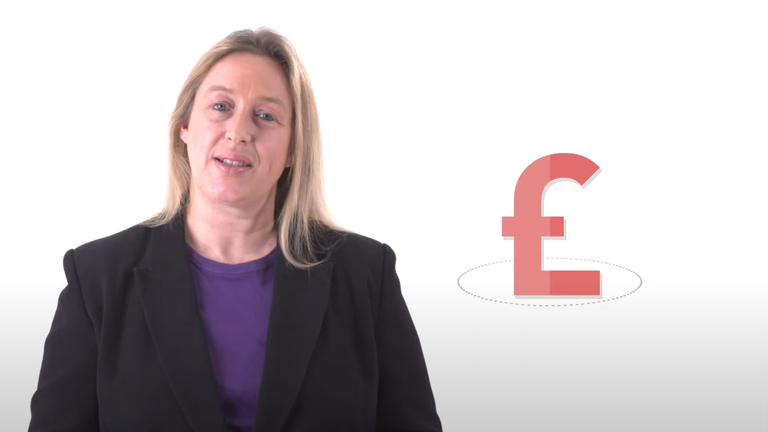A guide to debt
As your company grows, it’s likely that debt will form part of your funding structure. This guide will explain how debt can work to fund your business.
What is debt finance?
It can be difficult to decide how to finance your business.
It makes sense to have more than one type of funding for your business. To achieve this, your business is likely to need a mix of different forms of debt finance during its development.
Different forms of debt have specific advantages for different aspects of a business’s growth plans.
In simple terms, debt is an arrangement between a borrower and lender. You borrow an amount of money from a lender on the condition that you'll pay back the full amount borrowed.
The amount will typically be paid back in full at a set date (a bullet repayment) or spread out over multiple dates.
Interest is built up on the debt, which you will need to cover in your repayments as well.
Unlike equity funding, using debt to fund your business does not involve giving up any shares in your ownership or control of your business.
Is debt finance right for your business?
We can offer guidance on several aspects of debt finance, including how much debt you need, which assets to secure and where's best to borrow from.
Watch our video with Financial Readiness Specialist Yvonne McLaren-Robertson, who explains how you can decide whether debt finance is right for your business.

Types of debt finance
Debt finance comes in many different forms. The type of debt finance you choose can depend on the business type, its stage in development or your plans for its growth.
An established company will often use a blend of different debt products, and these products may come from a range of providers.
The most appropriate selection for your business depends on several factors, including:
- Why you need funding
- Your credit records
- The amount you need
- The repayment terms
- The interest you need to pay on taking out the loan
Debt can be used for long-term or short-term investment.
If you need to take on debt for long-term requirements, you may find that a loan or asset finance facility would suit your business best.
For short-term finance, you may find having some form of overdraft or invoice-backed facilities would be a better option.
It makes good business sense that short-term capital should not be used to fund long-term plans. At the same time, it also makes sense not to use long-term debt finance to meet short-term or immediate needs for your business.
Most banks or other lending institutions usually offer overdrafts or term loans to fund businesses using debt.
You may have heard of peer-to-peer (P2P) or start-up loans too. These products are other forms of traditional debt products and are usually aimed at less established companies.
Loan finance
Loan finance is usually secured against your business property or equipment (business assets) as a safety net for the lender.
Options for secured debt may include the following:
- Asset finance — secured on a specific asset
- Invoice finance — secured on your company’s debtors
- Term debt — secured on property and any other assets you hold in the business
These are provided by most banks, specialist asset finance companies and asset-backed lending companies, including some online platforms.
In some situations, a funder may also look for personal guarantees. This means the funder would want your loan to be secured by your personal assets, such as the property you live in.
Micro-finance loans
Some finance institutions provide micro-finance loans to start-ups and individuals as well as established enterprises.
Got a question about accessing finance?
Get in touch with our team of experienced financial readiness experts who can help you secure funding from a range of sources, including bank funding, equity funding, and grants.
-
Sign up to email updates
Subscribe to our newsletter to hear about new business guides, case studies, events and industry updates.
